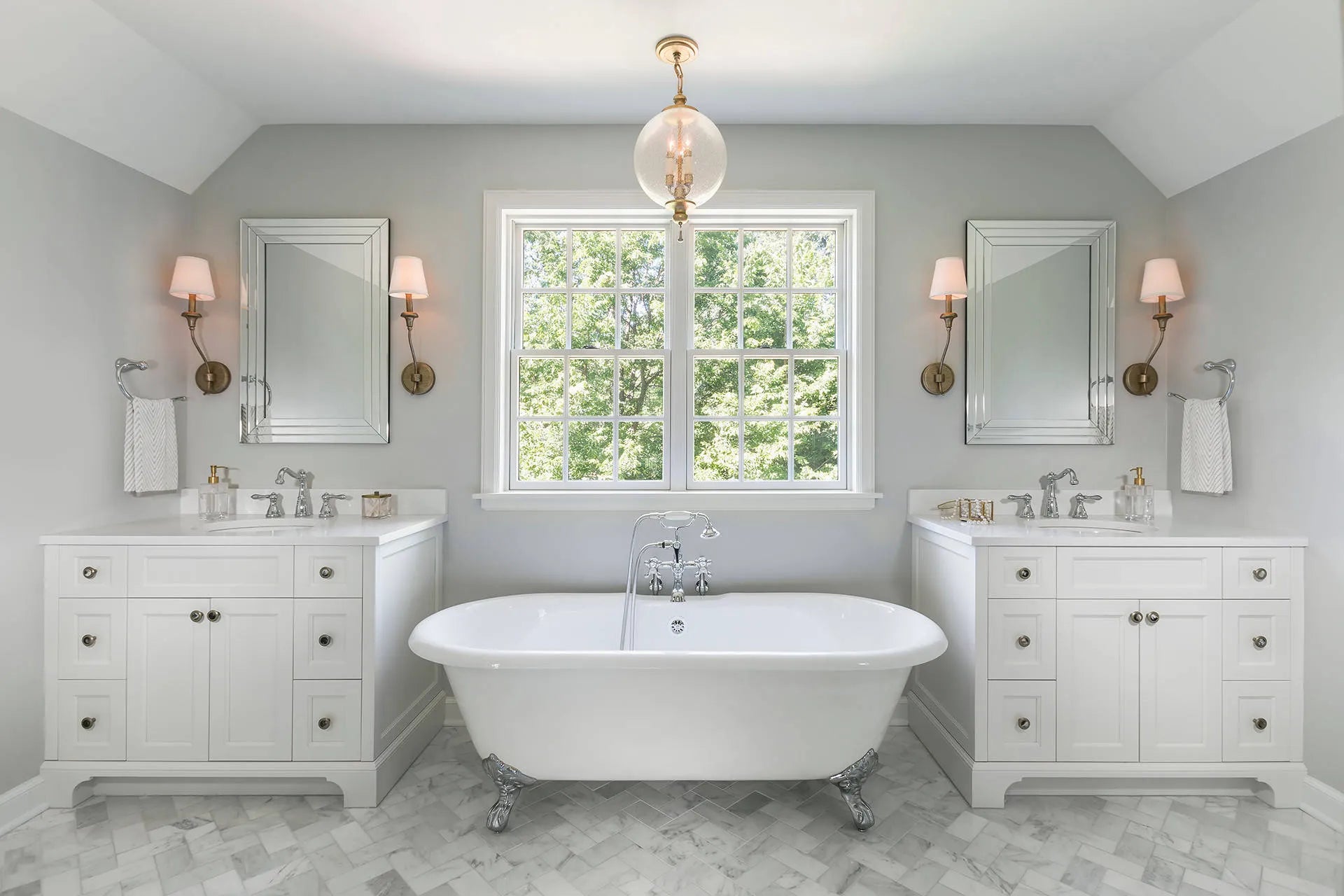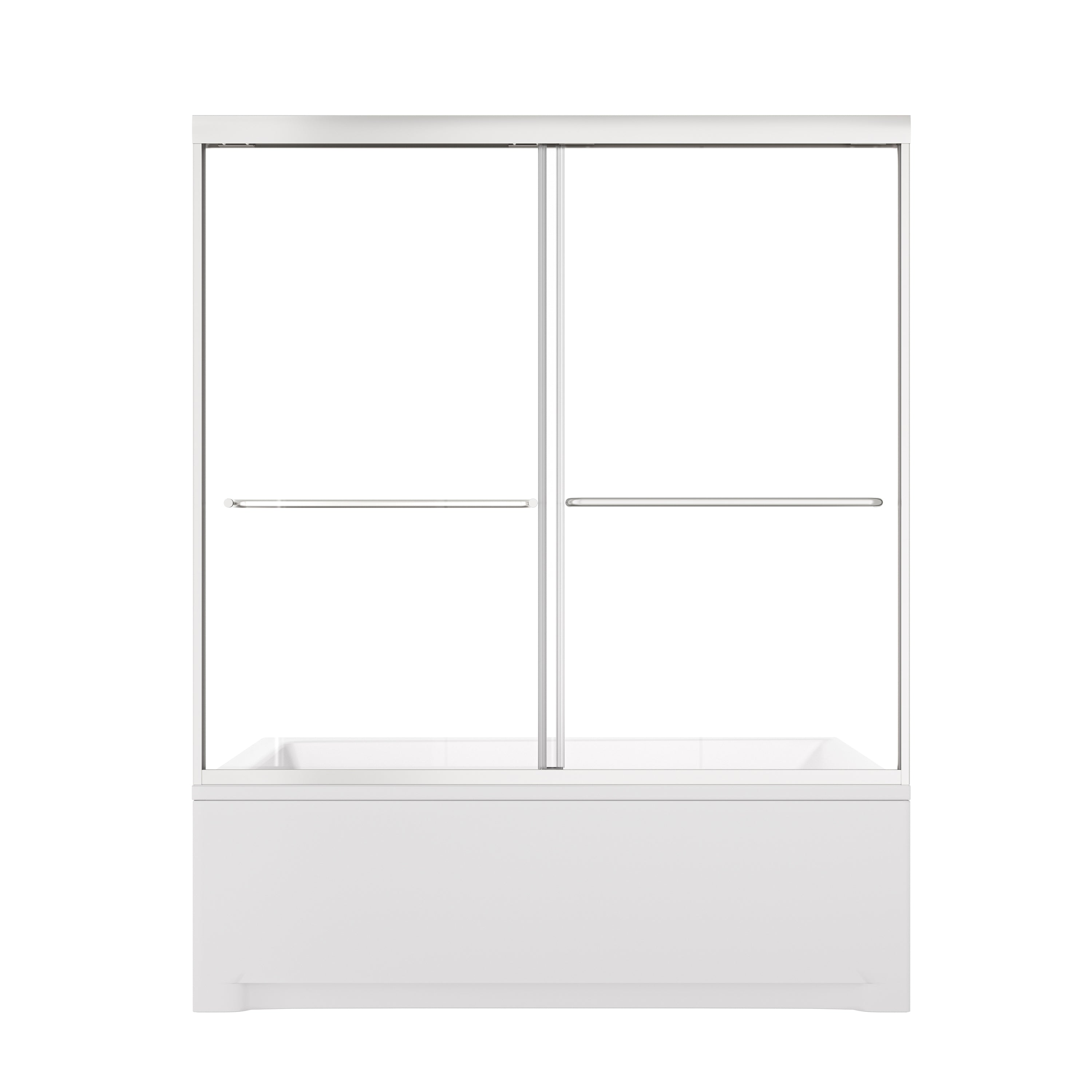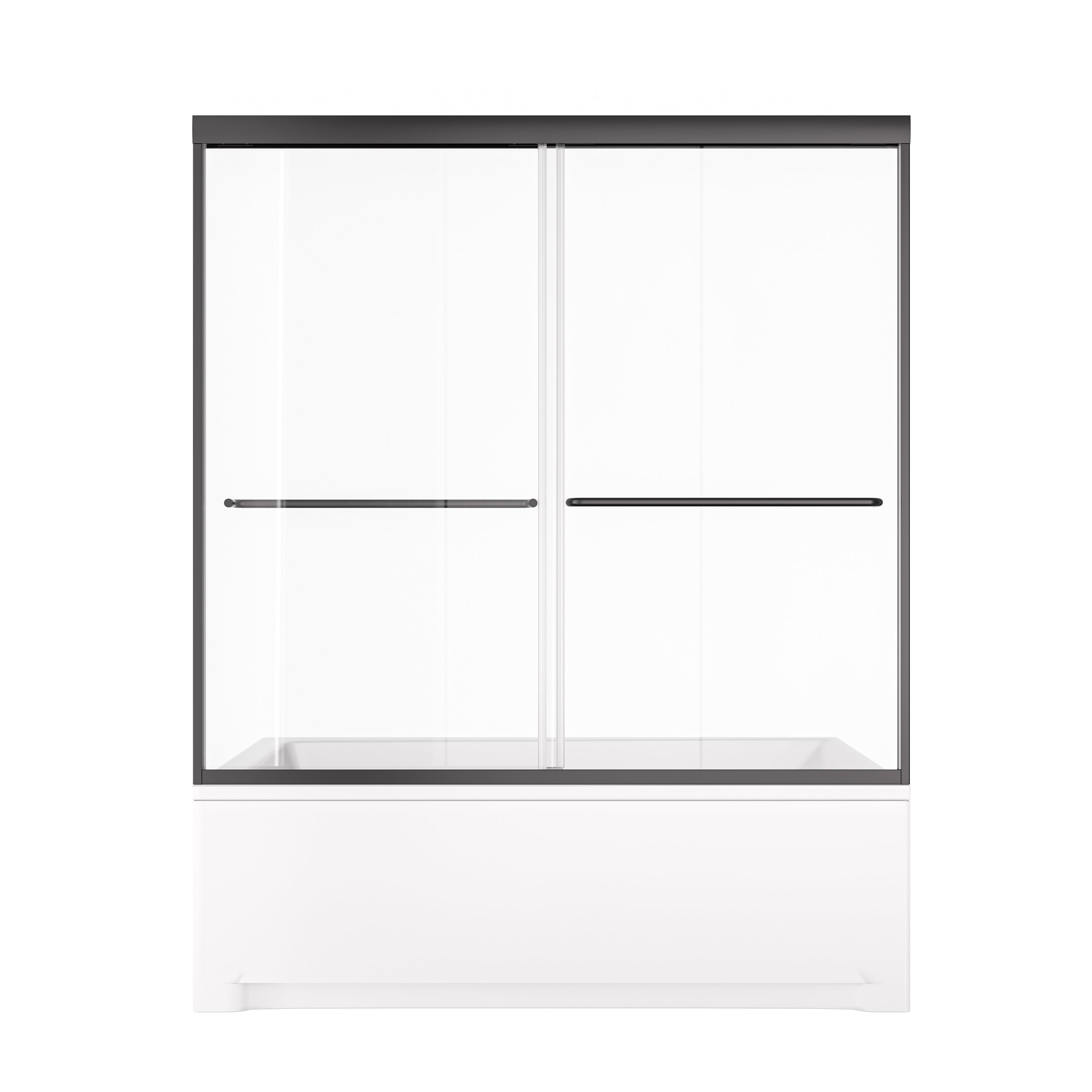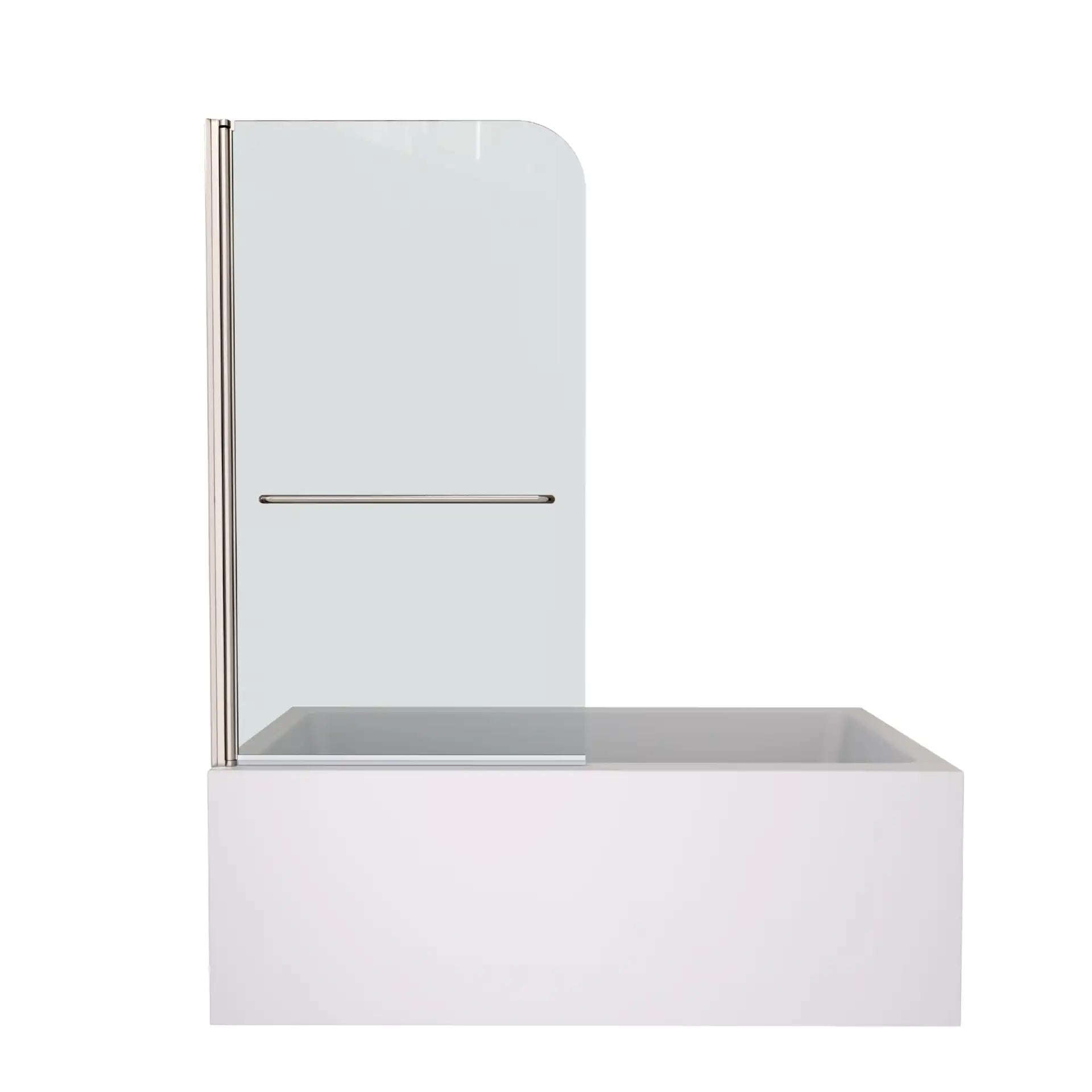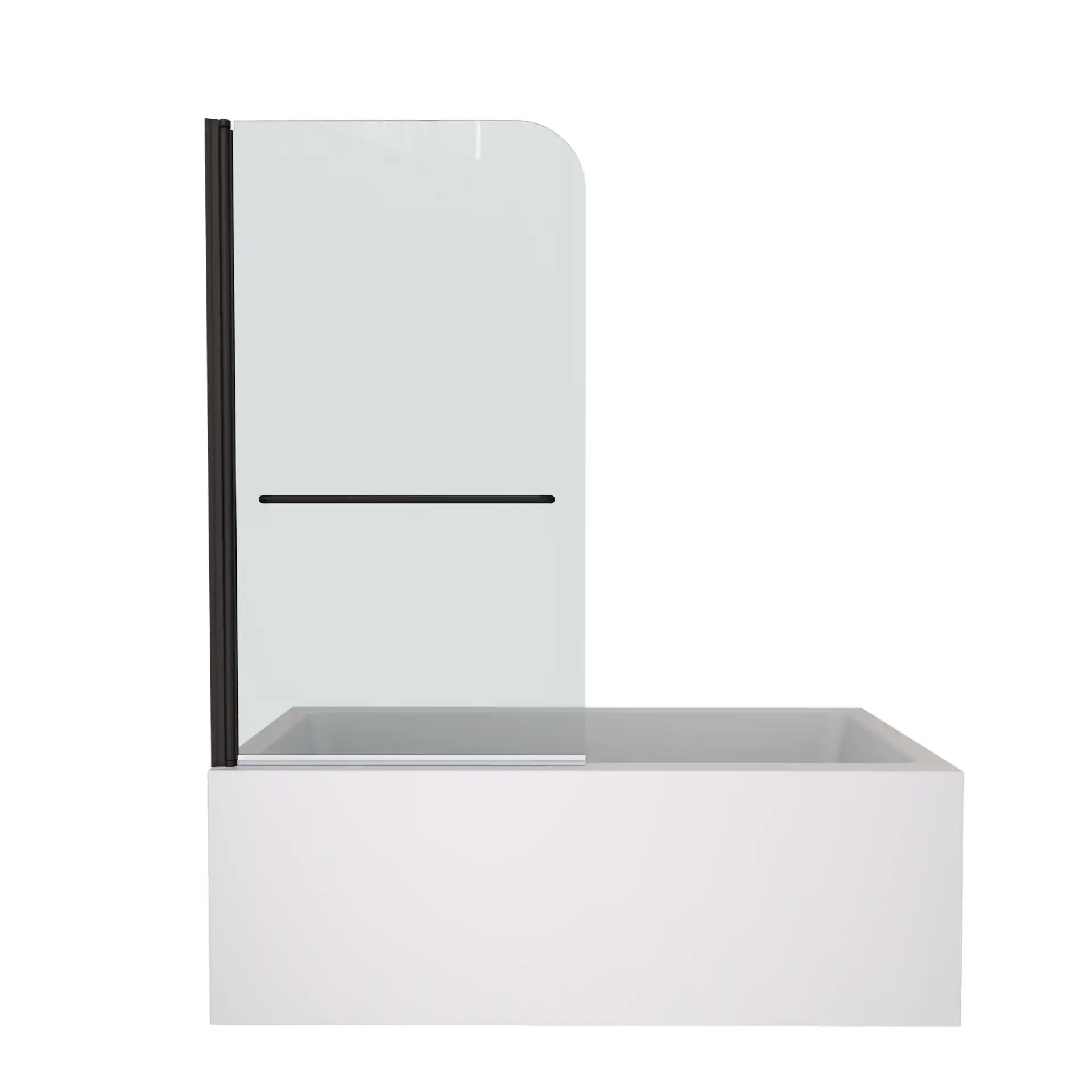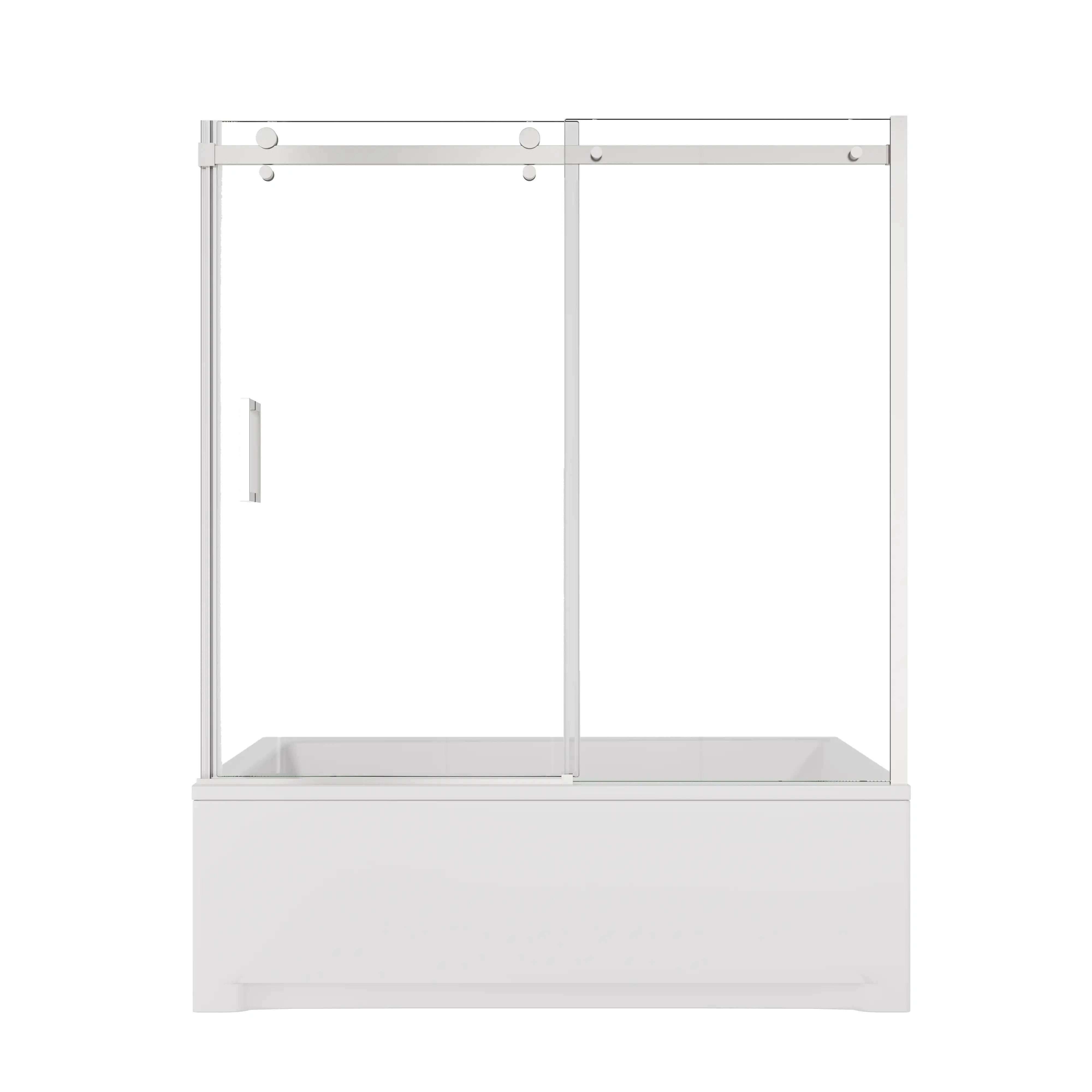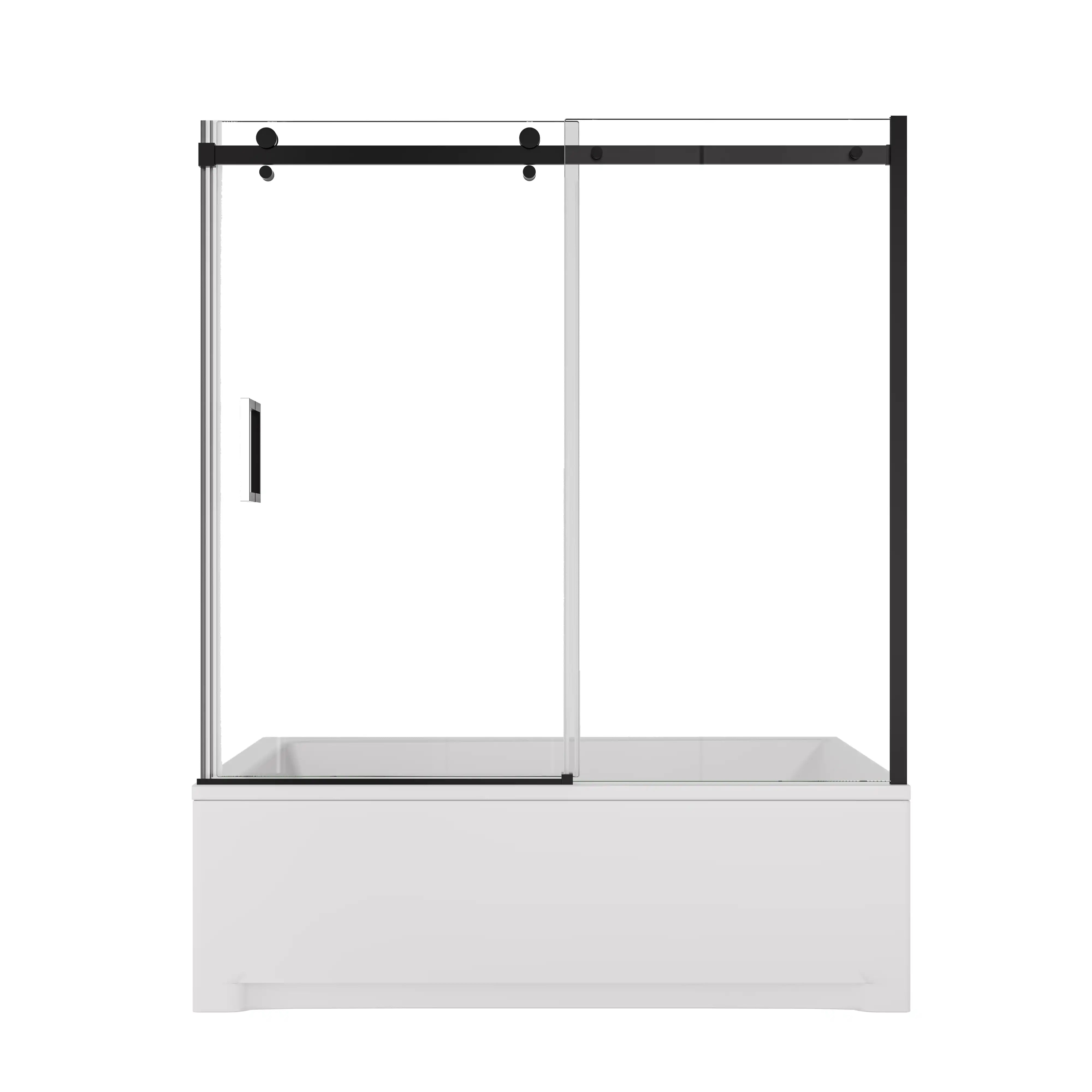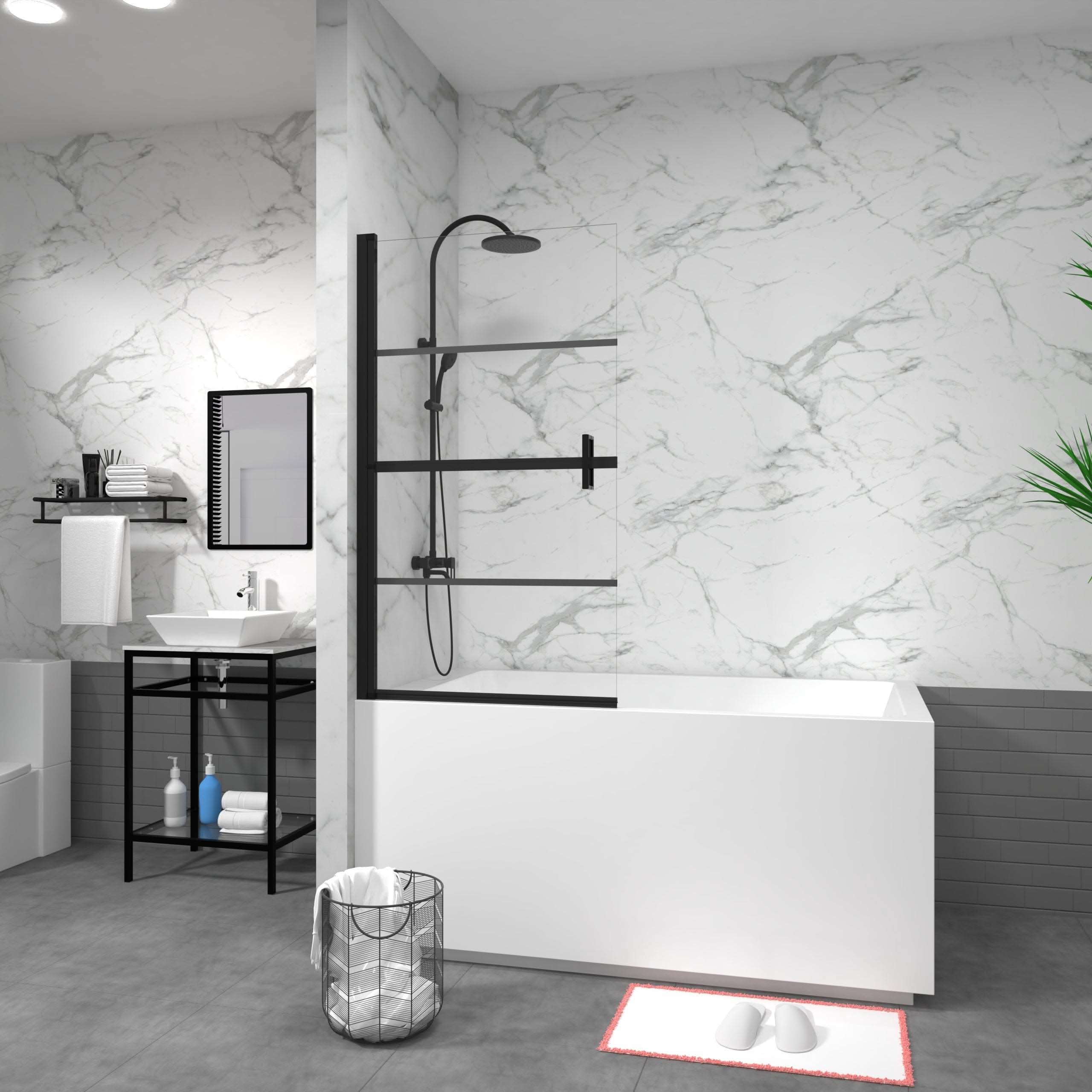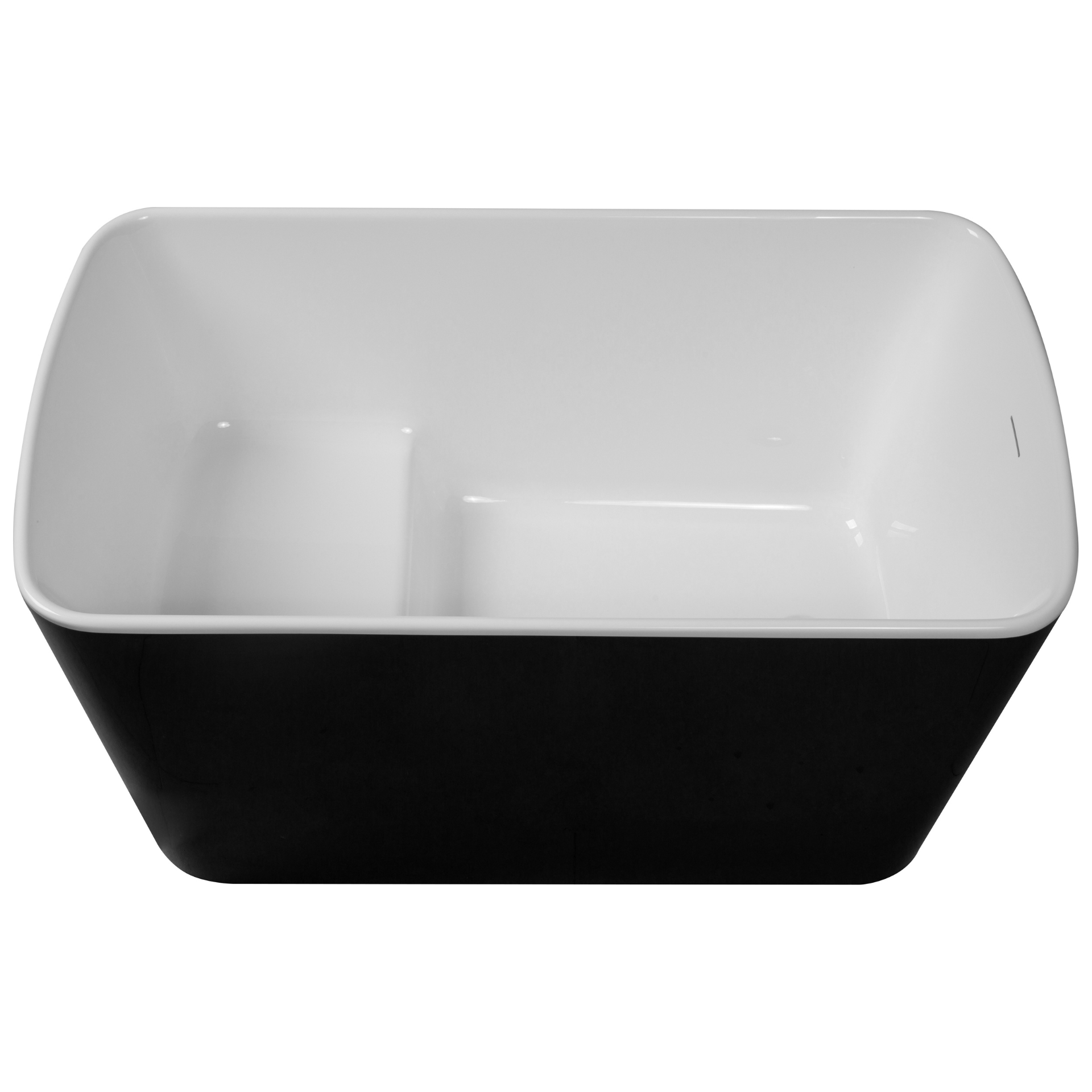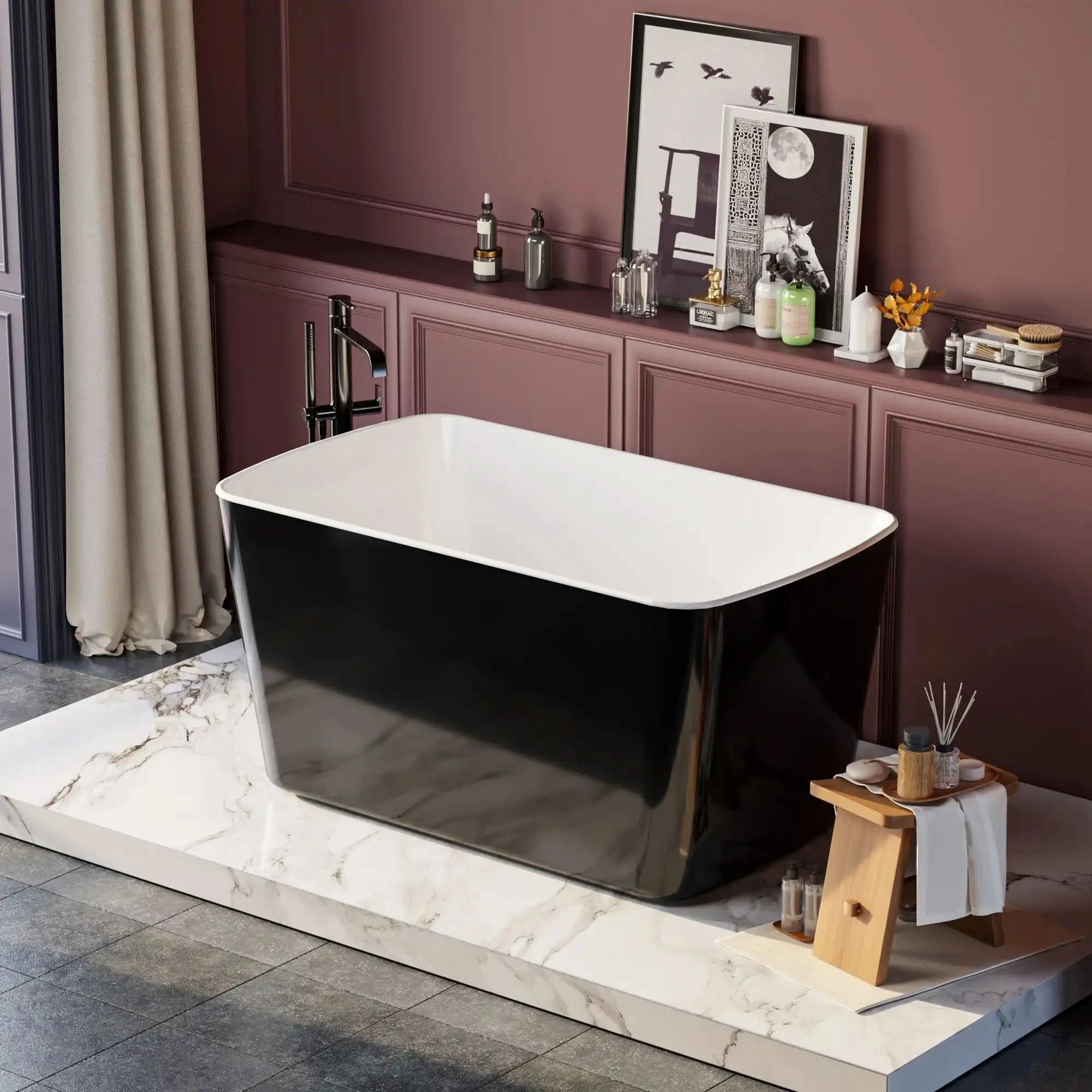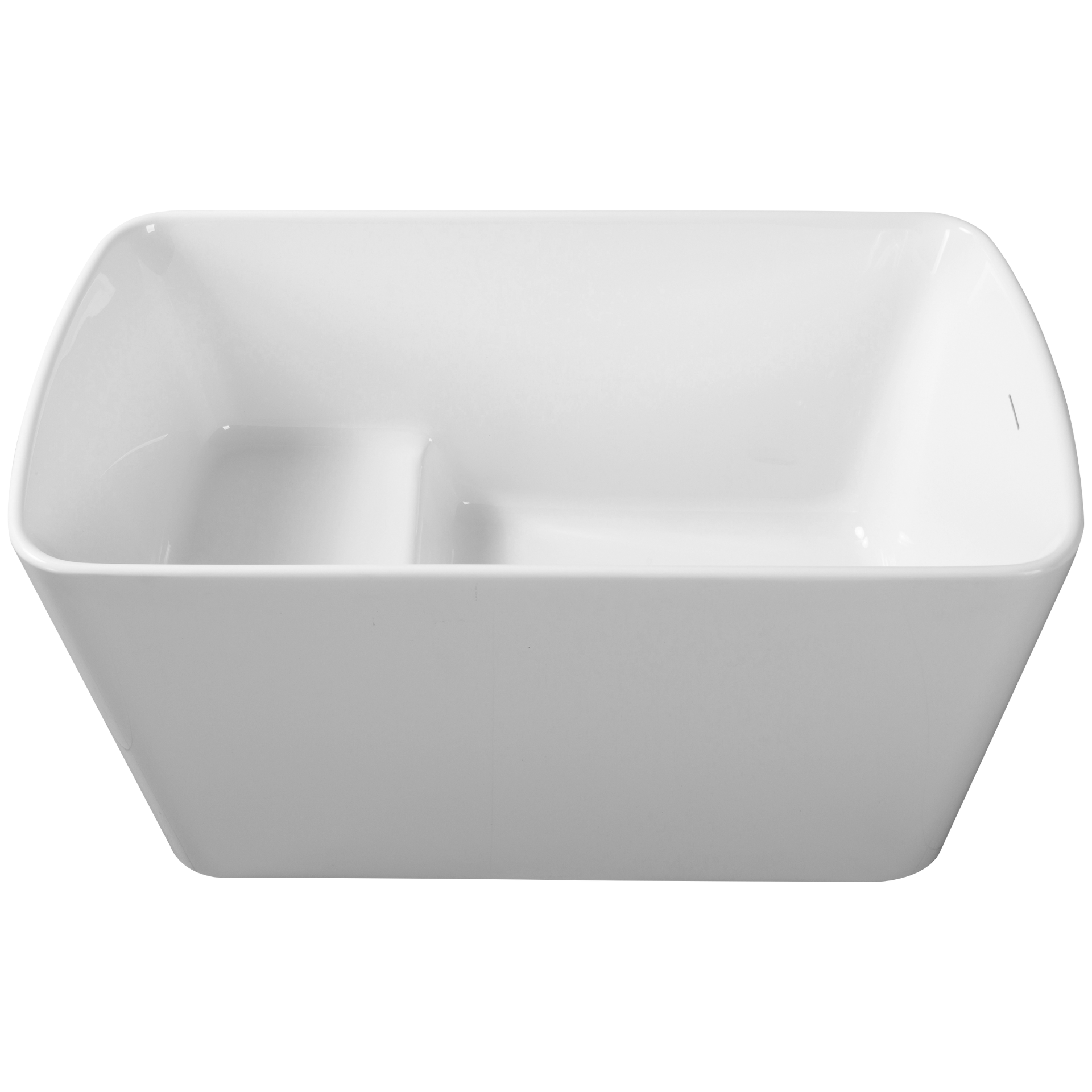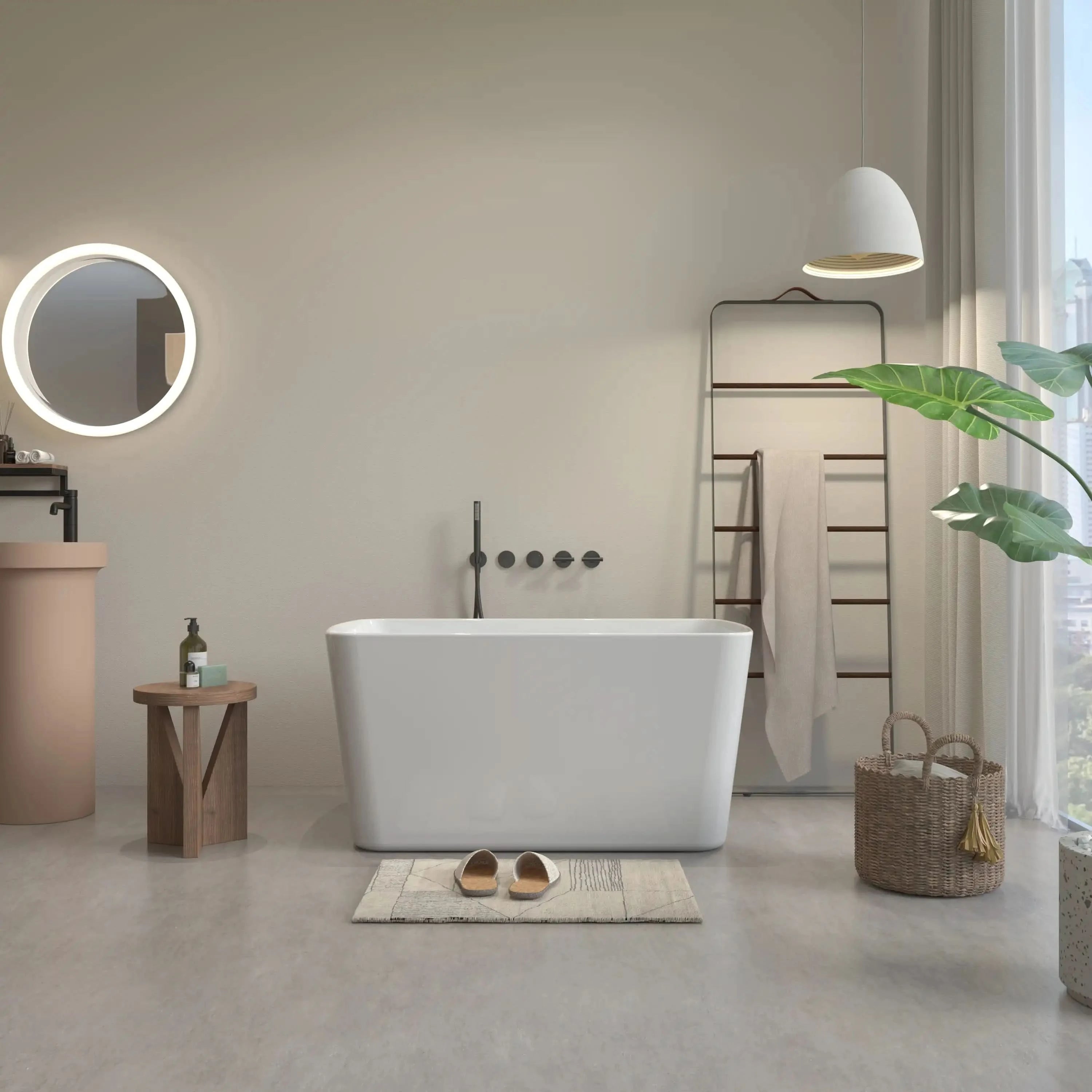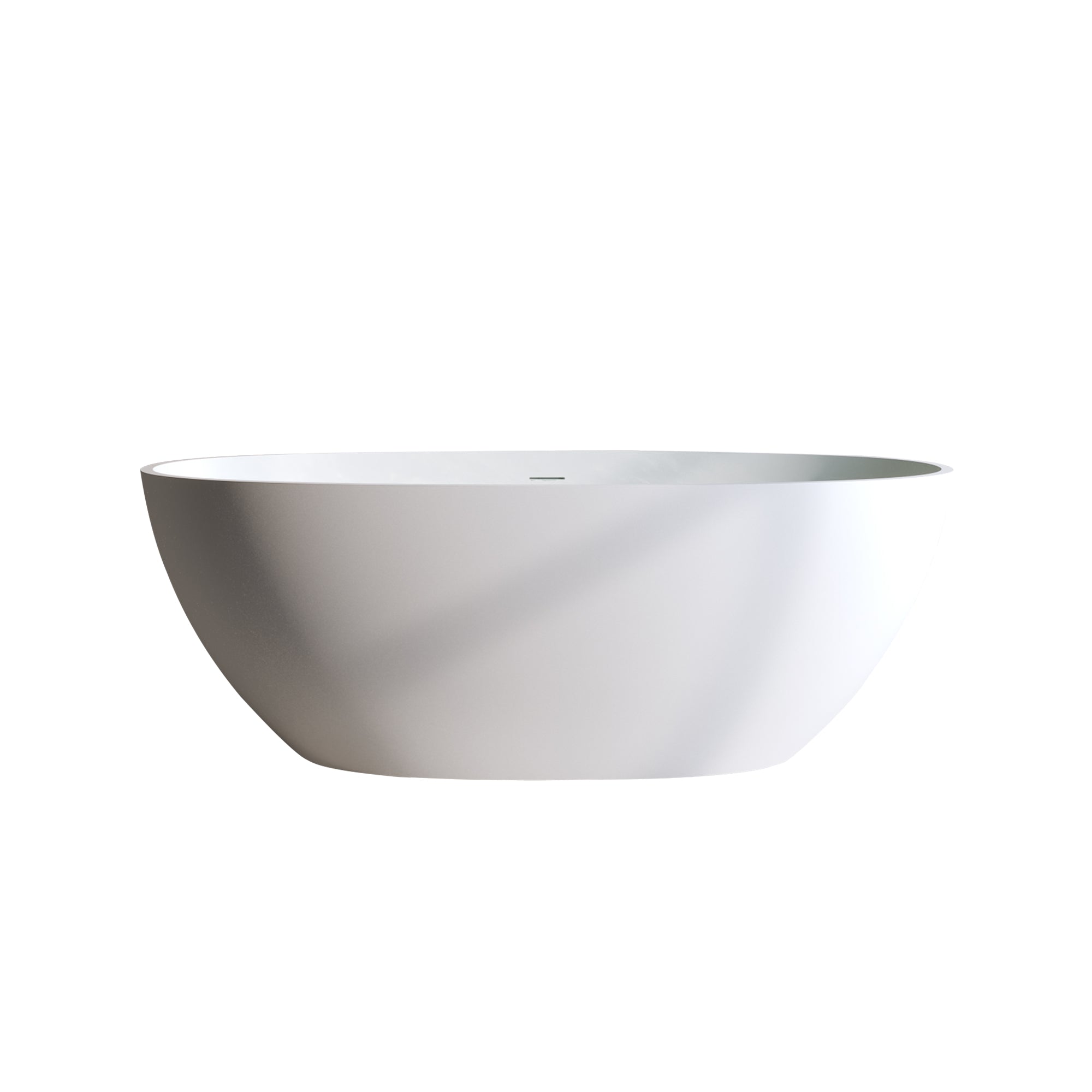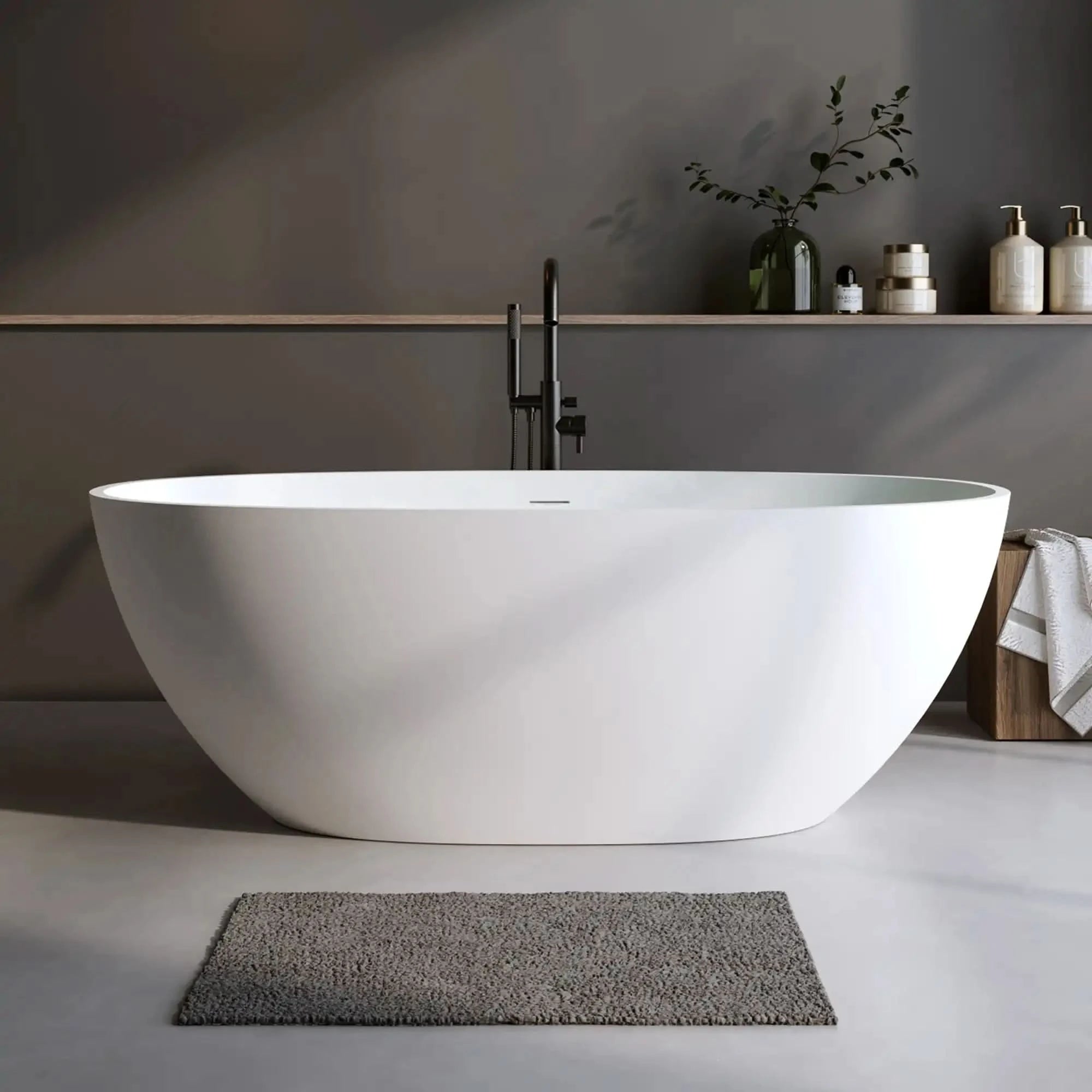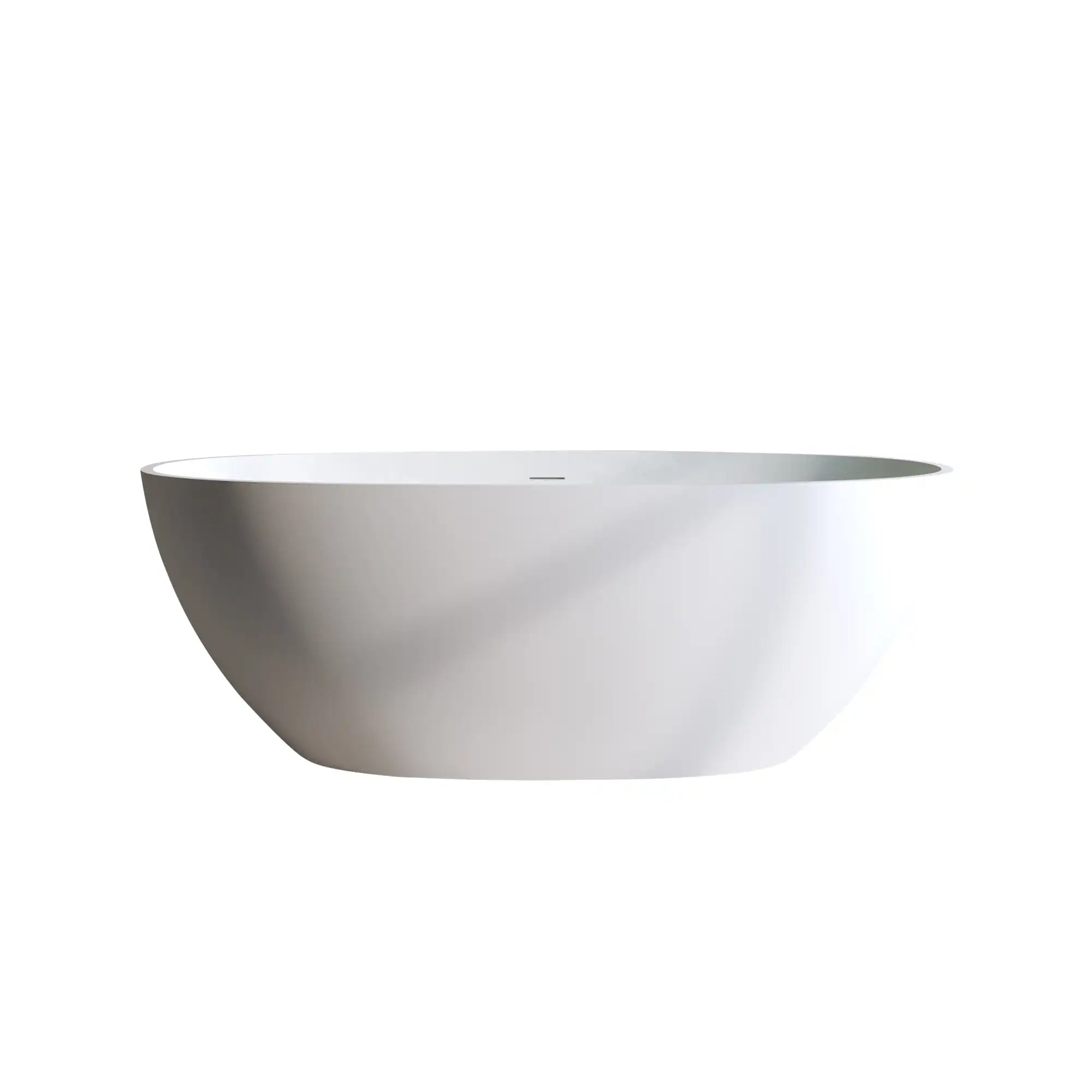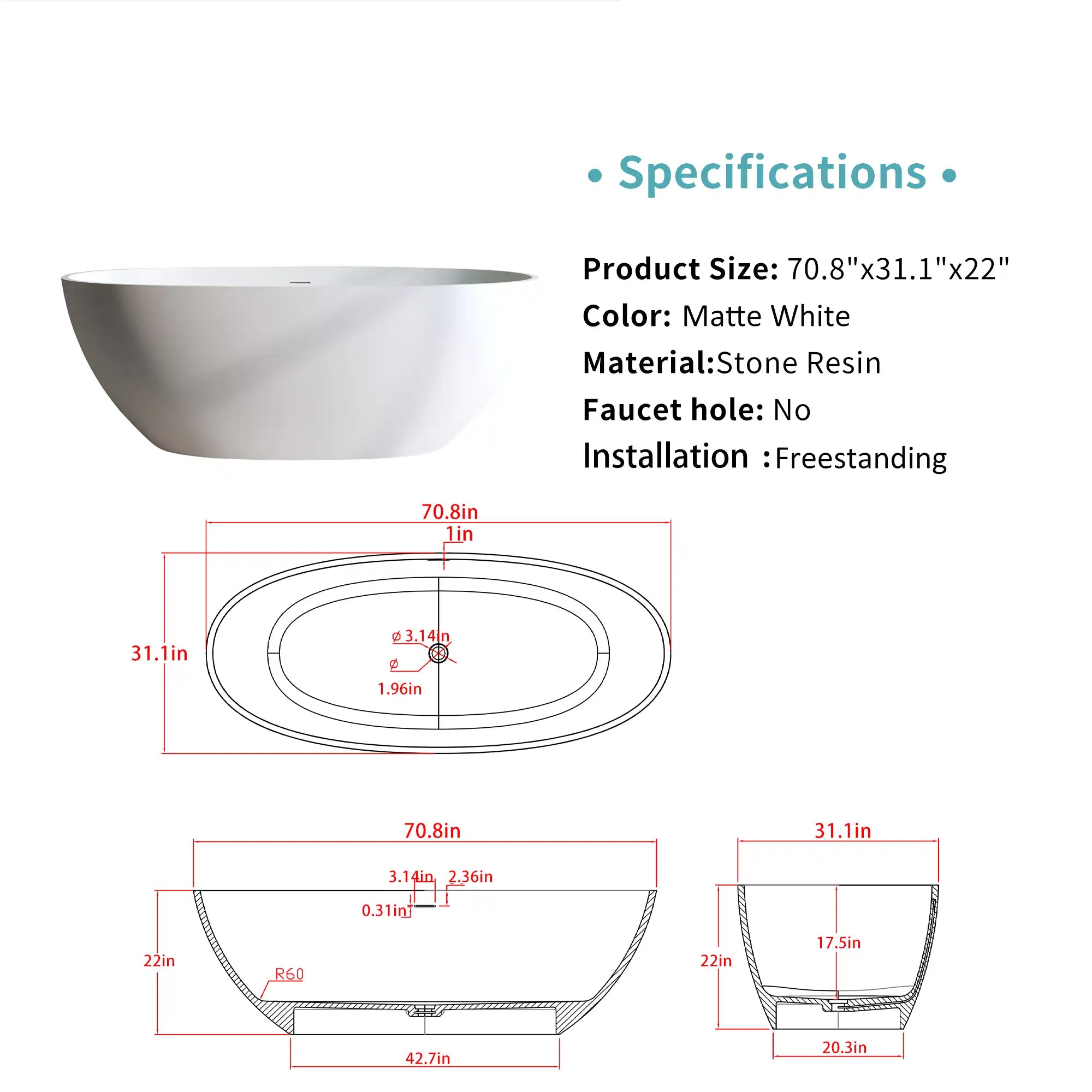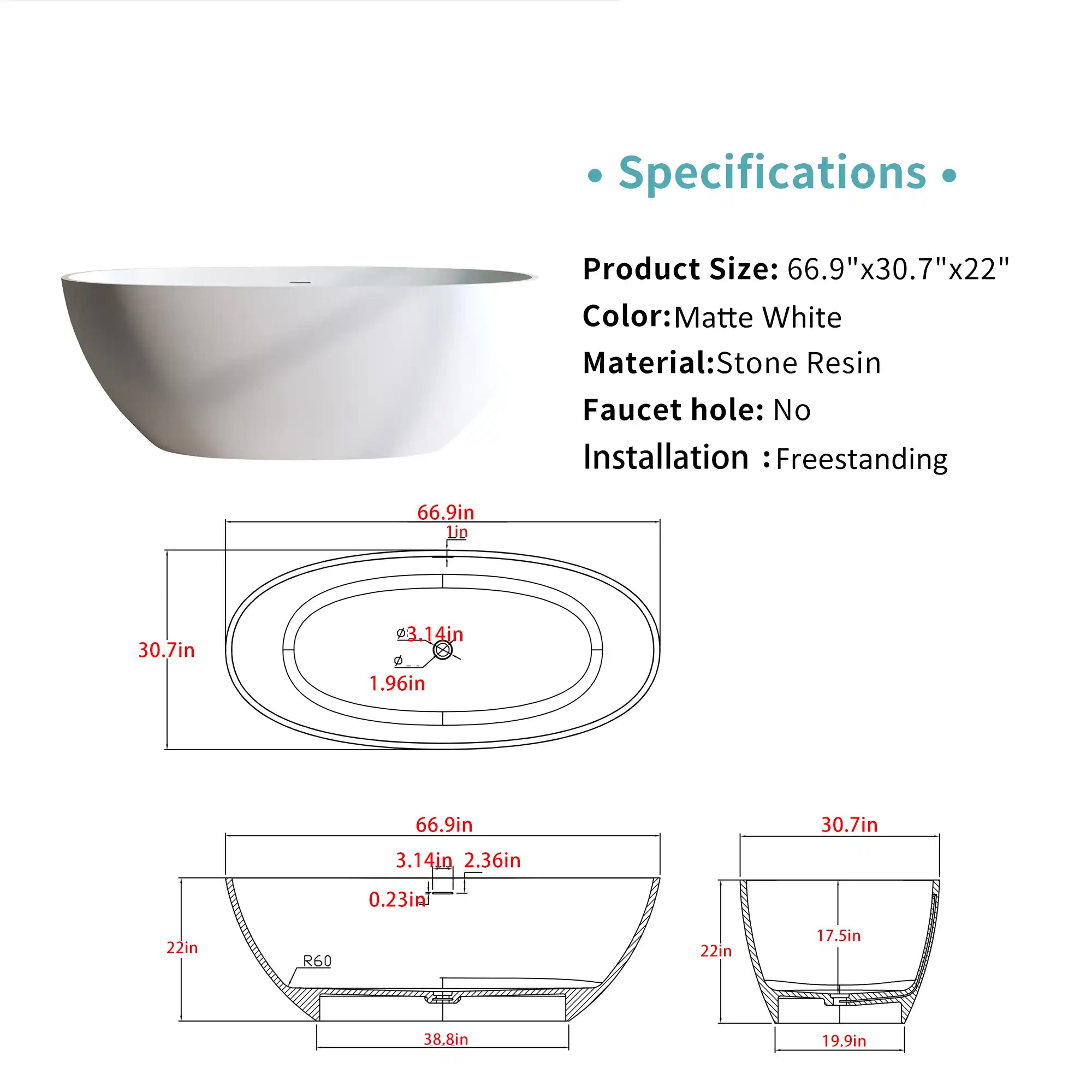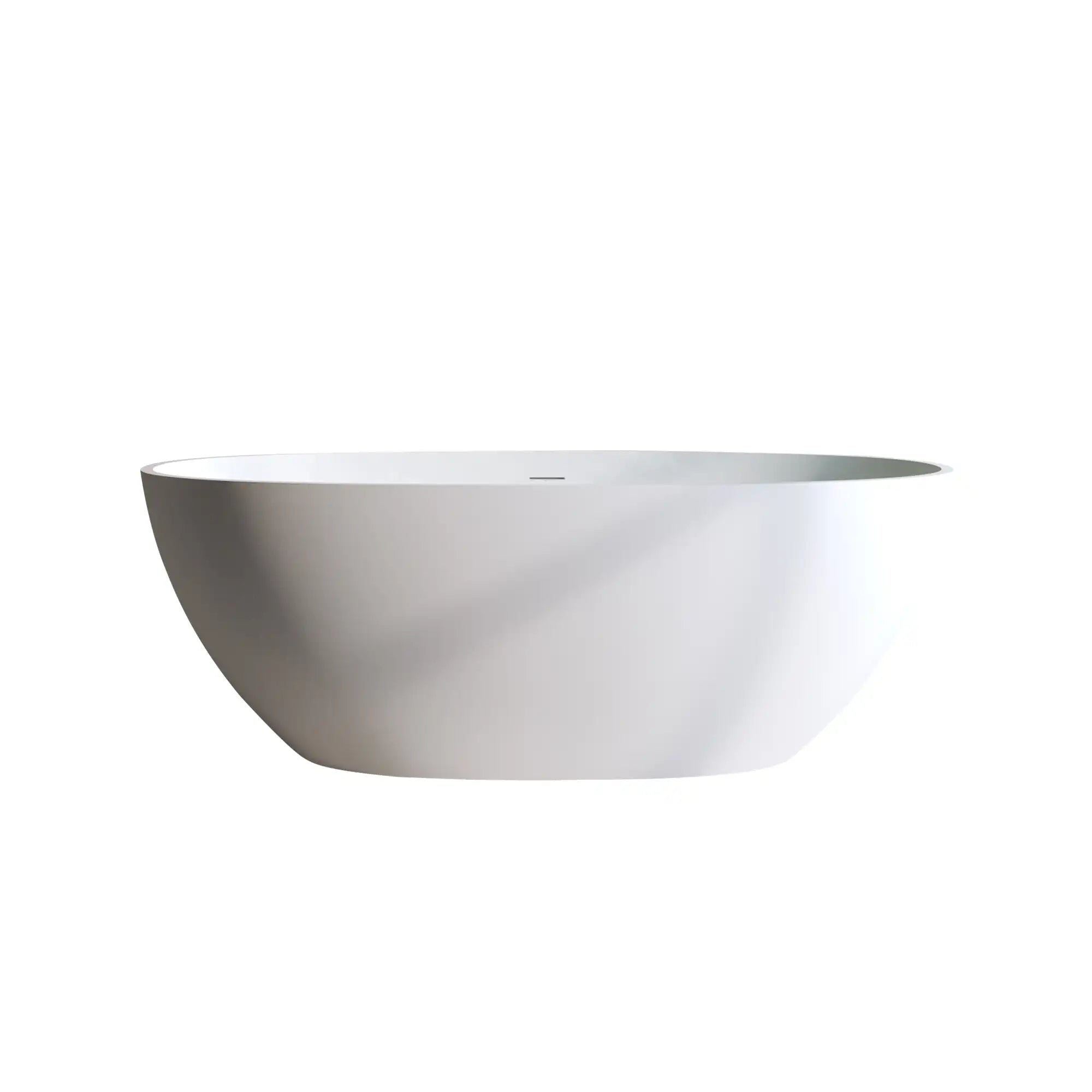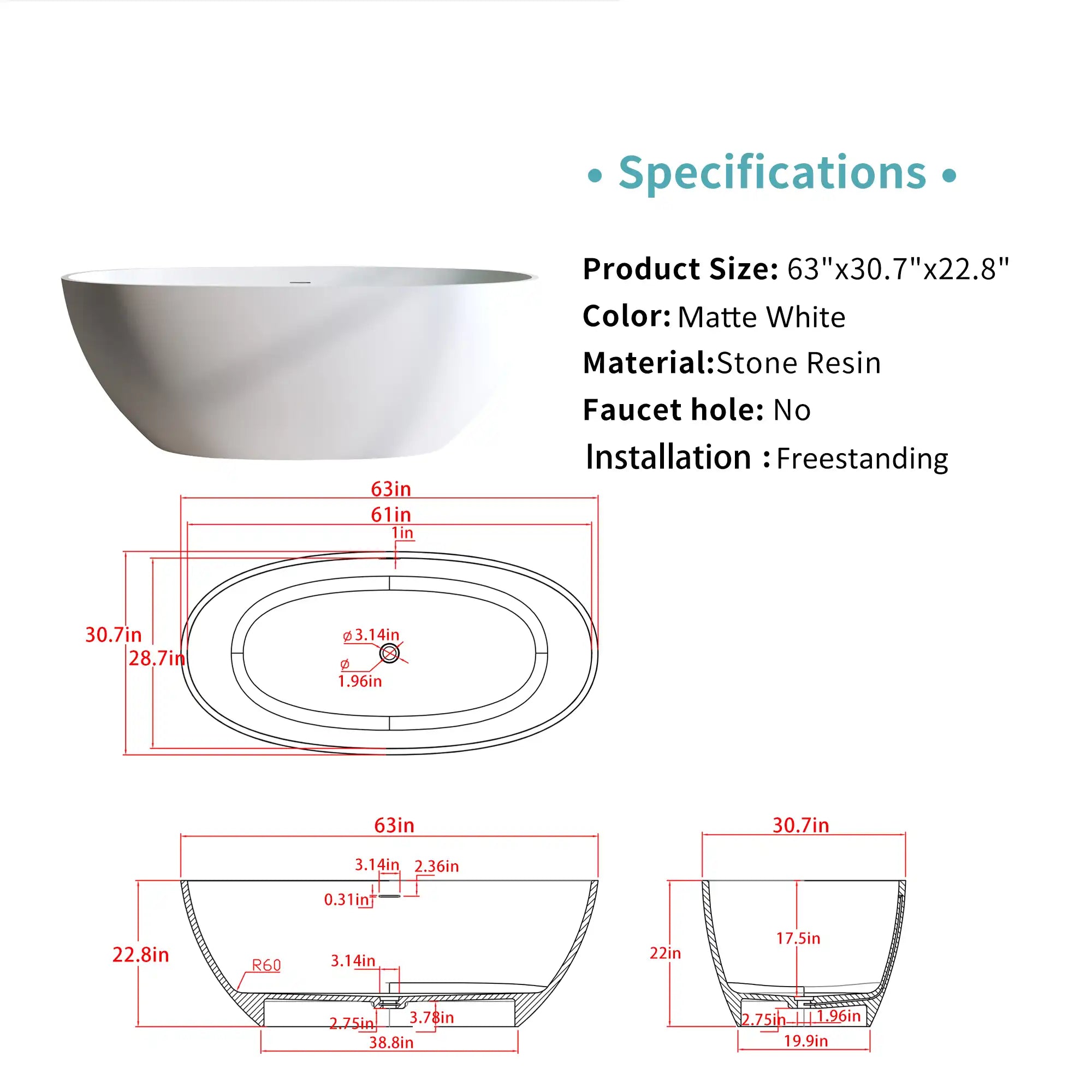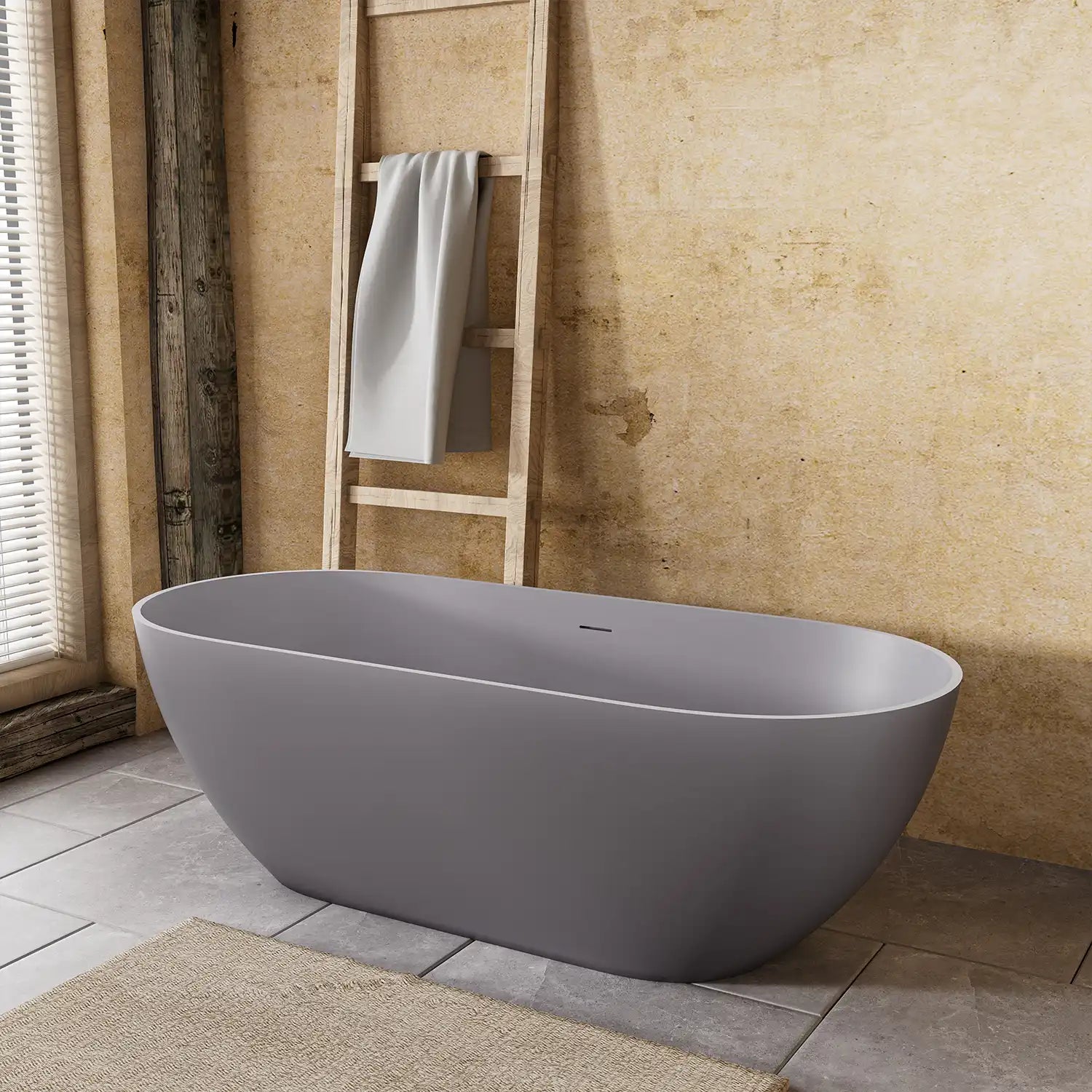Choosing the right bathtub is about more than just aesthetics. It can completely transform the way you relax and unwind at home. From compact designs for smaller spaces to luxurious tubs with advanced hydrotherapy features, the variety of types of bathtubs available today is wider than ever. Each type has unique characteristics, installation requirements, and maintenance considerations.
Table of Contents:
- 1. Freestanding Bathtub
- 2. Alcove Bathtub
- 3. Drop-In Bathtub
- 4. Whirlpool Bathtub
- 5. Jetted Bathtub
- 6. Japanese Soaking Bathtub
- 7. Walk-In Bathtub
- 8. Clawfoot Bathtub
- 9. In-Floor Bathtub
- 10. Hot Tub
- Conclusion
- FAQ
1. Freestanding Bathtub
A freestanding bathtub stands independently and is not attached to any walls or built into a frame. It can be placed anywhere plumbing allows, making it a striking centerpiece.

| Pros | Cons |
|---|---|
|
|
2. Alcove Bathtub
The alcove bathtub is enclosed on three sides by walls, with one exposed front apron. It’s one of the most common types of bathtubs in North America.

| Pros | Cons |
|---|---|
|
|
3. Drop-In Bathtub
A drop-in bathtub is installed into a custom-built deck or frame, with the rim resting on the platform.

| Pros | Cons |
|---|---|
|
|
4. Whirlpool Bathtub
Whirlpool bathtubs use high-pressure water jets for deep massage therapy, making them popular for relaxation and rehabilitation.

| Pros | Cons |
|---|---|
|
|
5. Jetted Bathtub
Jetted bathtubs, also known as air tubs, use air jets to create streams of bubbles for a gentle massage.

| Pros | Cons |
|---|---|
|
|
6. Japanese Soaking Bathtub
Also called “Ofuro,” Japanese soaking tub is much deeper than standard tubs, allowing full-body immersion in a compact footprint.

| Pros | Cons |
|---|---|
|
|
7. Walk-In Bathtub
A walk-in bathtub includes a watertight door that allows users to enter without climbing over high sides, often with built-in seating.

| Pros | Cons |
|---|---|
|
|
8. Clawfoot Bathtub
This vintage-style freestanding clawfoot tub stands on four decorative legs, adding classic charm to any bathroom.

| Pros | Cons |
|---|---|
|
|
9. In-Floor Bathtub
An in-floor bathtub is recessed into the bathroom floor, often resembling a personal indoor pool.

| Pros | Cons |
|---|---|
|
|
10. Hot Tub
A hot tub is typically installed outdoors, equipped with heating and often massage jets for social and therapeutic use.

| Pros | Cons |
|---|---|
|
|
Conclusion
With so many types of bathtubs available, from compact alcove designs to luxurious in-floor installations, there’s a perfect fit for every space and lifestyle. Before committing to a purchase, consider your bathroom’s size, your daily habits, desired style, and budget.
By weighing each tub’s advantages and disadvantages, you’ll find an option that balances comfort, practicality, and visual appeal — turning your bathroom into a personal retreat.
FAQ
Q1. Which type of bathtub is best for small bathrooms?
A1: An alcove bathtub is usually the best option for small bathrooms due to its space-saving design and ability to integrate with a shower.
Q2. What’s the difference between a whirlpool bathtub and a jetted bathtub?
A2: Whirlpool tubs use water jets for a stronger massage, while jetted tubs use air jets for a gentler, bubbly sensation.
Q3. Are freestanding bathtubs hard to maintain?
A3: Not inherently, but they may require more complex plumbing and careful cleaning around the base.
Q4. Which bathtub is safest for seniors?
A4: A walk-in bathtub provides the safest option, thanks to its low threshold, seating, and safety features.
Q5. How long do most bathtubs last?
A5: With proper care, bathtubs typically last 10–25 years, depending on materials and usage.
More Articles About Bathtub
Acrylic vs Fiberglass Tub: Ultimate 2025 Comparison by Region, Durability, and Daily Use
Bathtub Dimensions Guide: How to Choose the Right Size for Your Bathroom
Material Matters: Acrylic vs Porcelain Tubs in Today’s Bathroom Design
How Many Gallons Does a Bathtub Hold: Know Before You Choose a Bathtub
